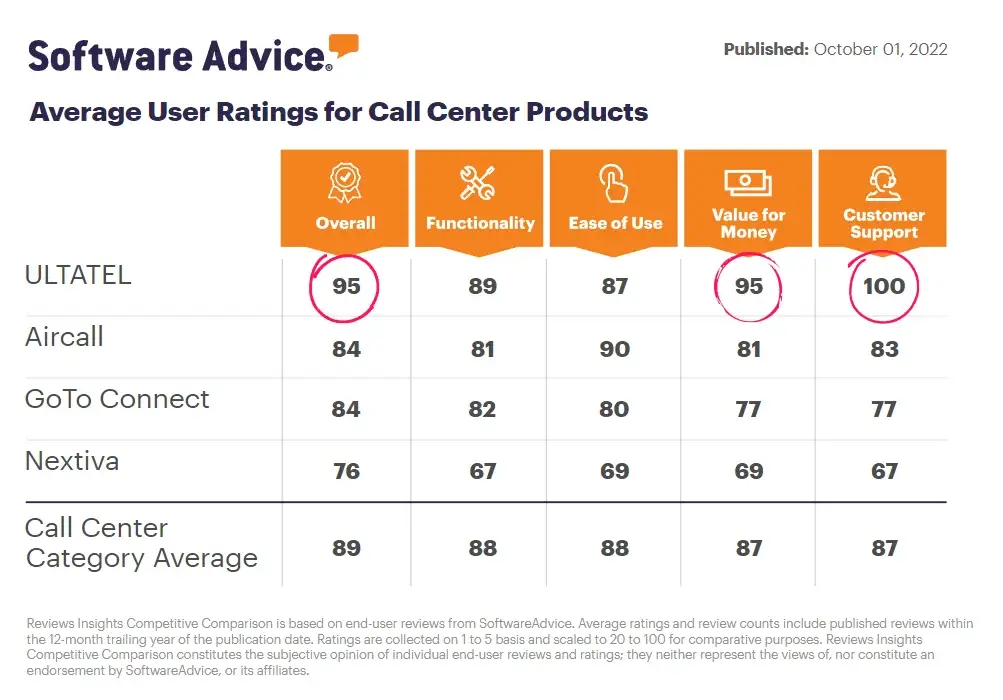What Is G711?
G711 is a standard used for Pulse Code Modulation (PCM) of voice frequencies. The standard was originally developed in 1972 by the International Telecommunications Union (ITU). The G711 standard uses two different compression codecs, μ-law, and A-law, to achieve a 4-bit compression.
G711 is used in a variety of applications, including Voice over IP (VoIP), digital telephony, and sound recording. The standard is also commonly used in computer networks for voice communication.
How Does G711 Work?
G711 works by compressing the amplitude of an incoming signal. The codec first quantizes the signal, then encodes it using either μ-law or A-law.
The G711 standard is lossy, meaning that some information is lost during the compression process. However, the codec is designed to preserve the quality of the original signal.
G711 is a popular codec because it provides high-quality audio at low bitrates. The codec is also very efficient, making it well-suited for real-time applications such as VoIP.
What Are the Alternatives to G711?
There are a few alternatives to G711, including G.729 and iLBC. However, these codecs are not as widely used as G711. G.729 is a popular alternative to G711 for VoIP applications. The codec uses a different compression algorithm than G711, which results in lower-quality audio.
iLBC is another alternative to G711. The codec was developed for use in VoIP applications. iLBC uses a different compression algorithm than G711, which results in lower-quality audio.
What Is the Difference Between G711 μ-law and A-law?
The two compression codecs used in G711, μ-law, and A-law, are designed for different types of signals.
μ-law is typically used in North America, while A-law is used in Europe. Both codecs achieve the same compression ratio, but they use different algorithms to quantize the signal. As a result, μ-law and A-law compressed signals sound slightly different.









